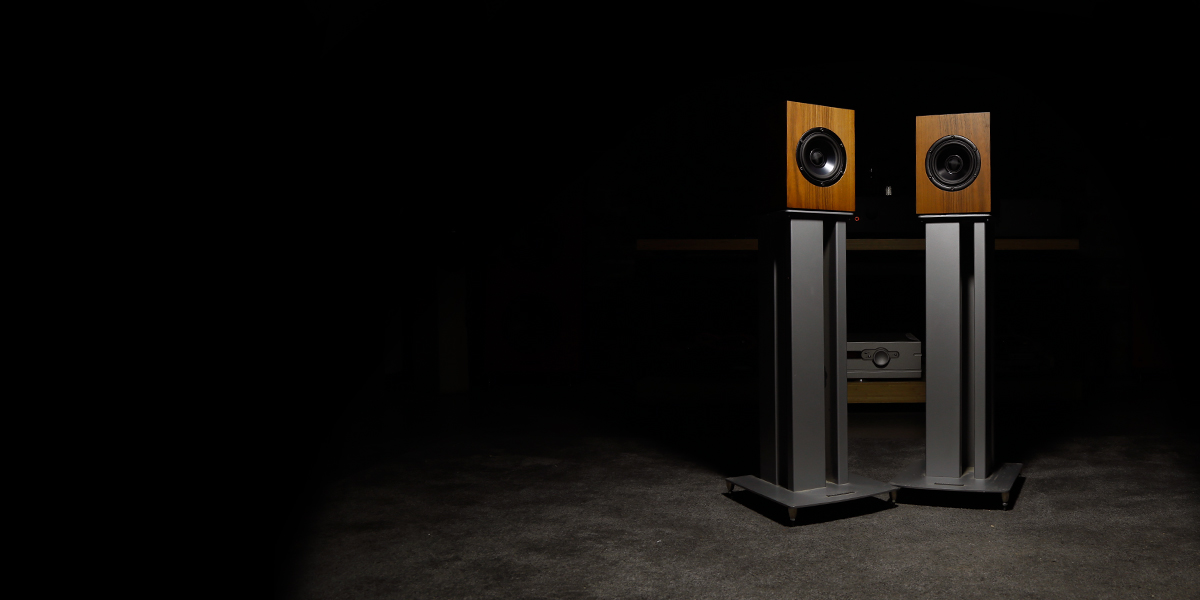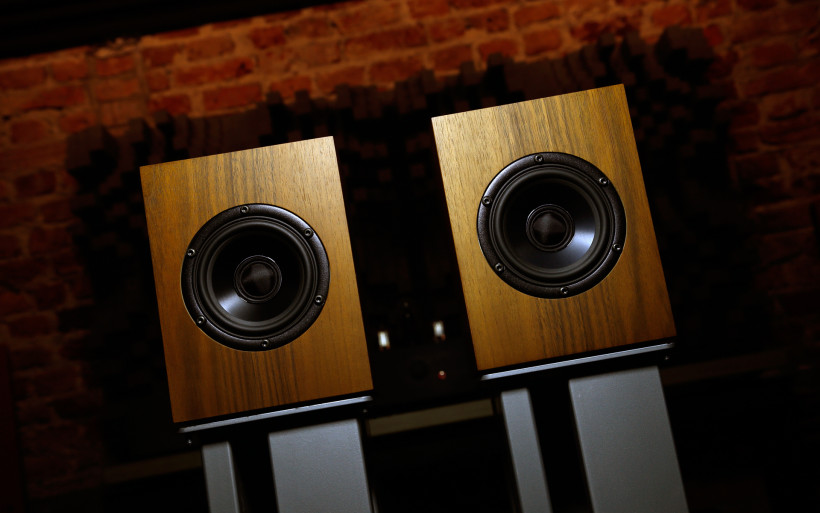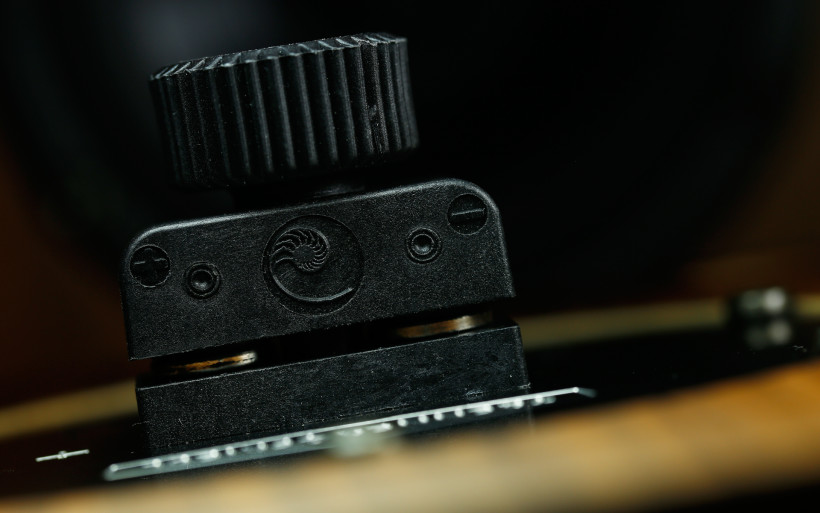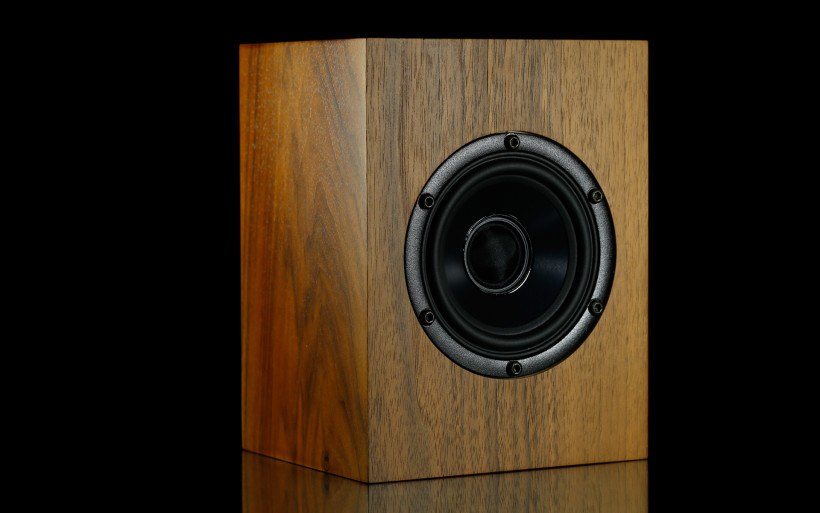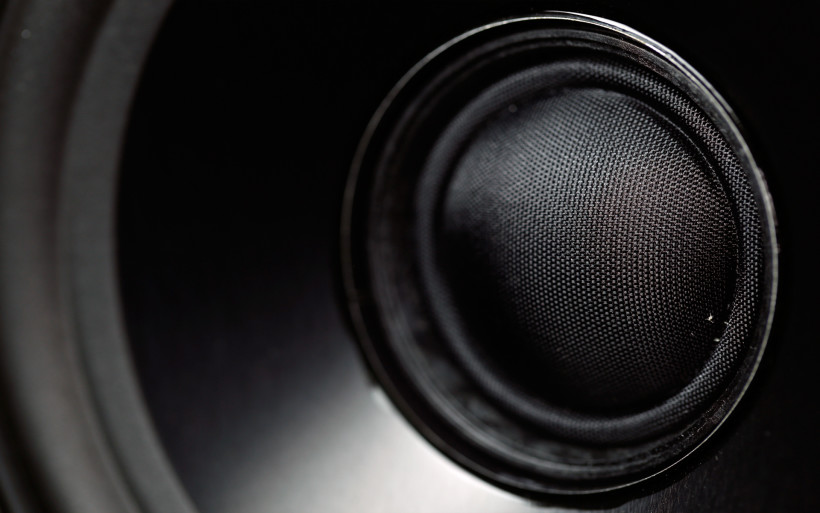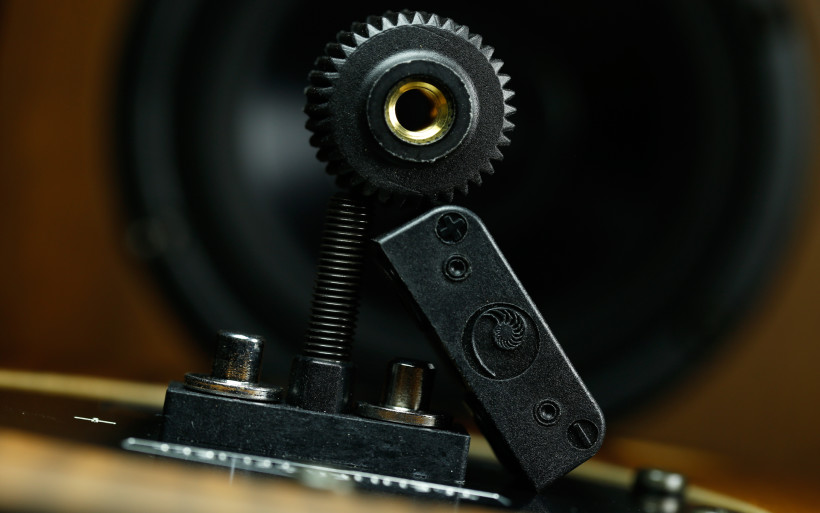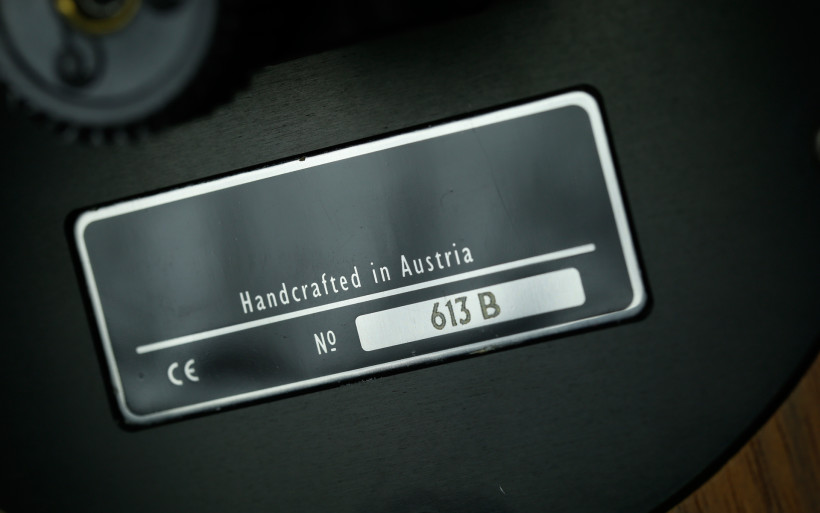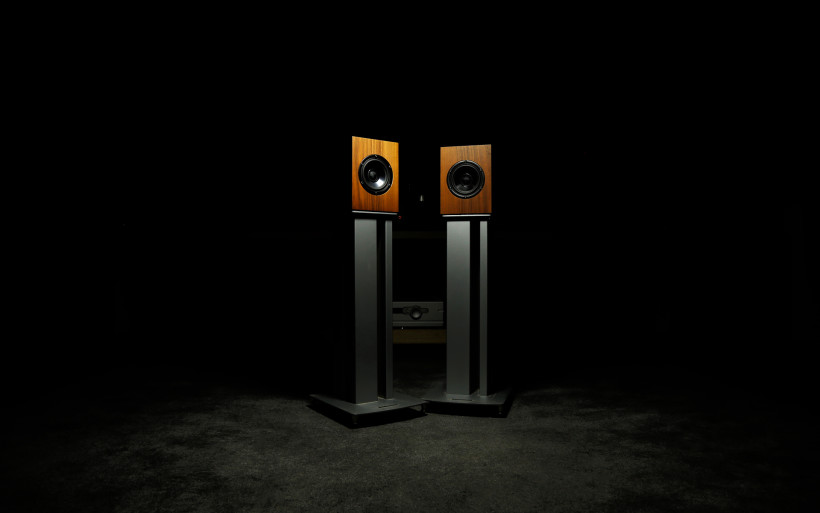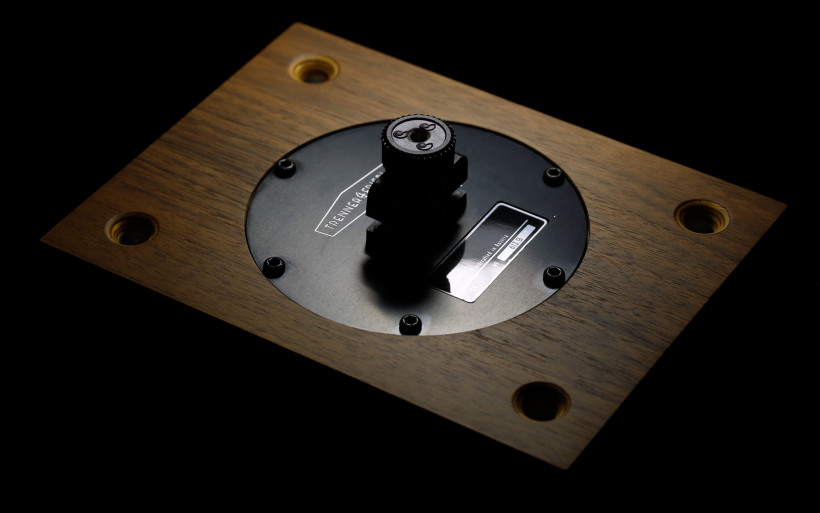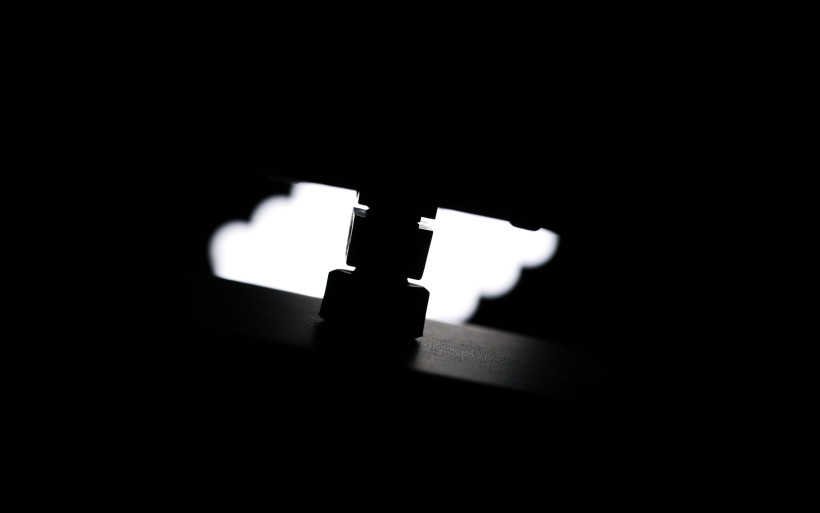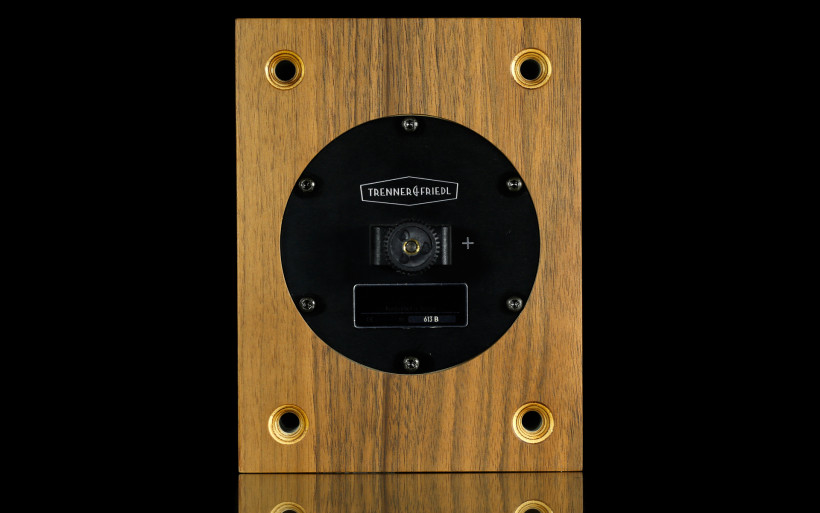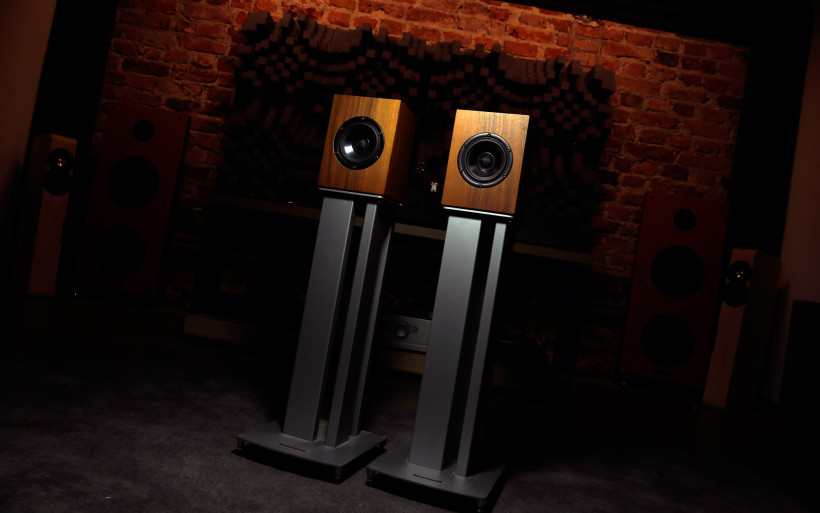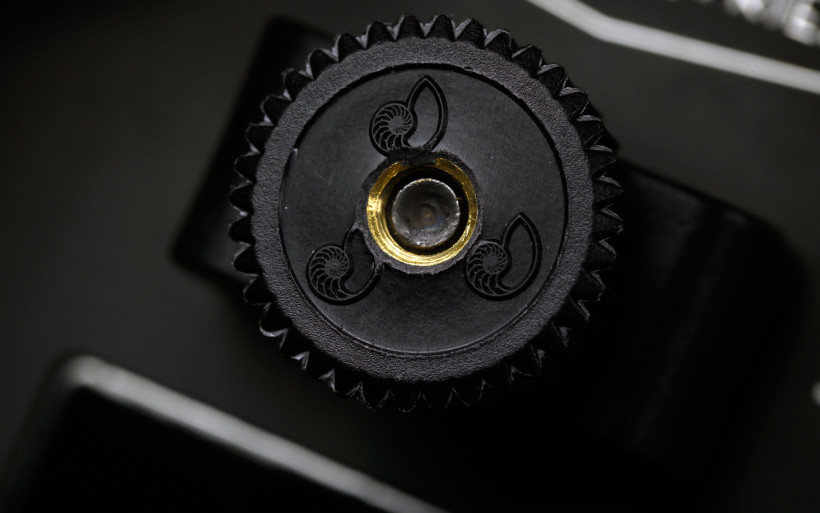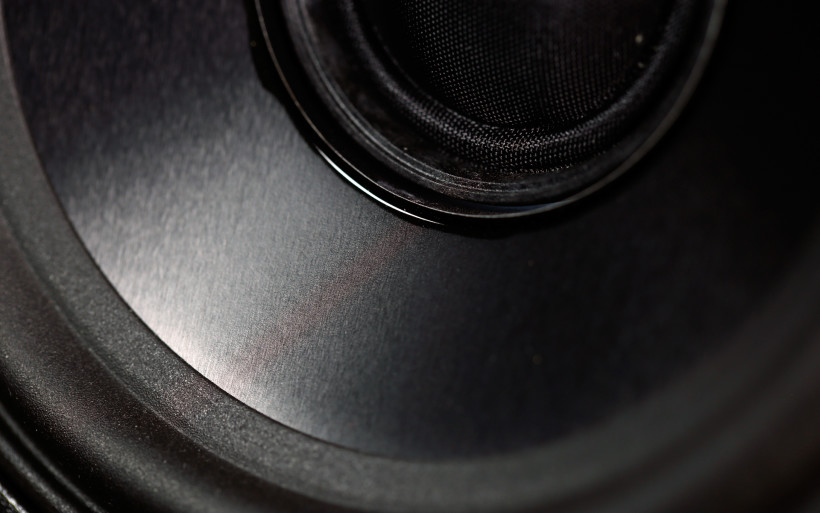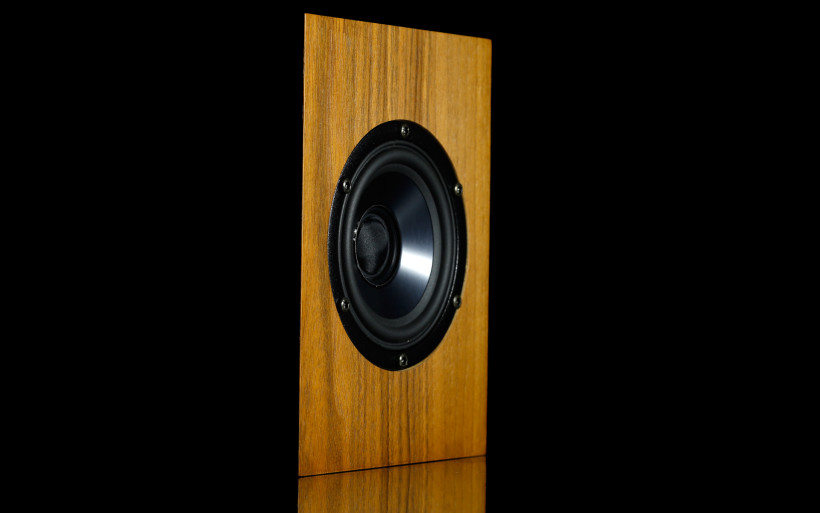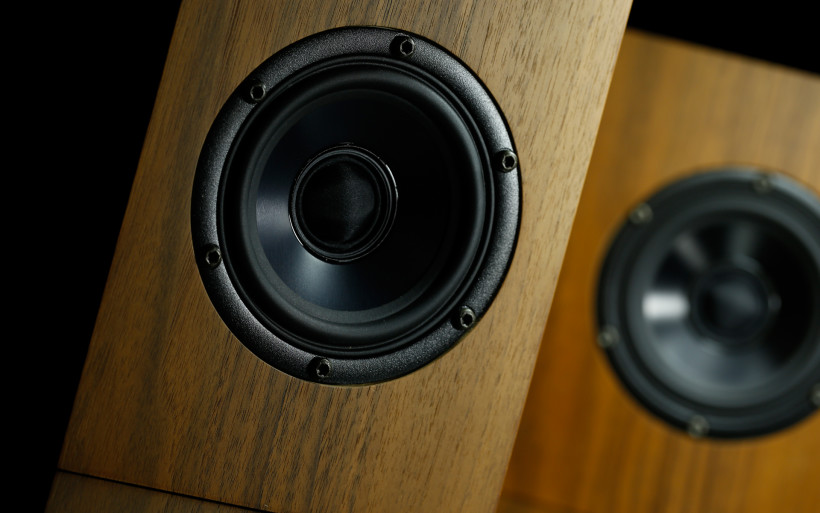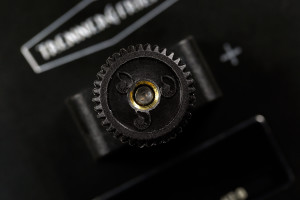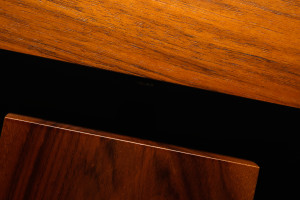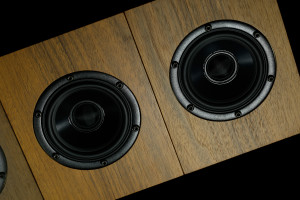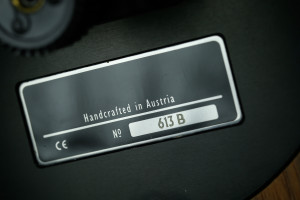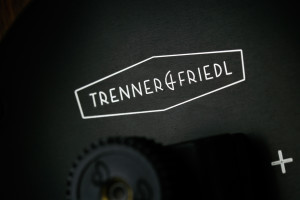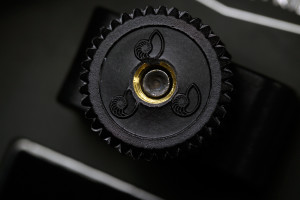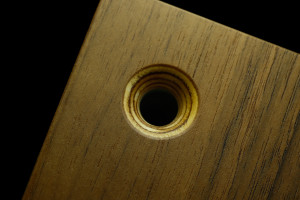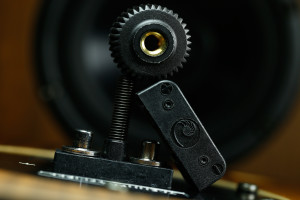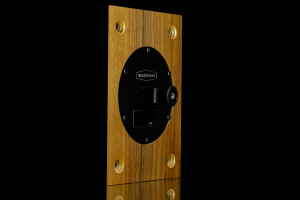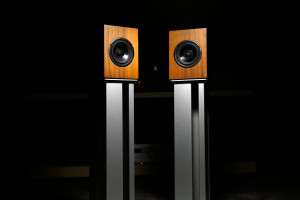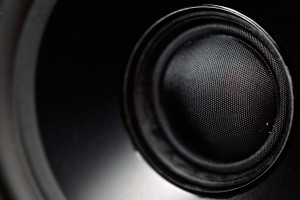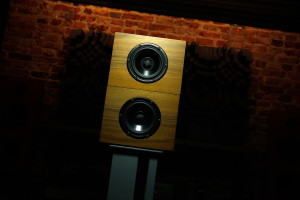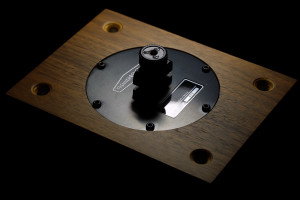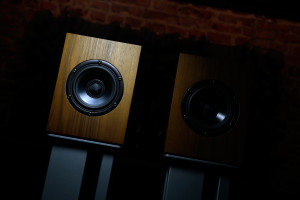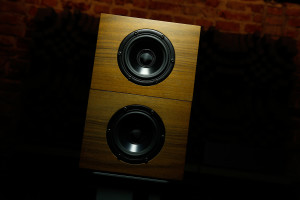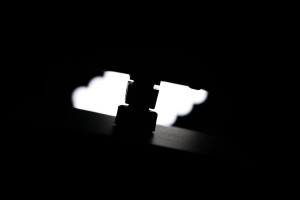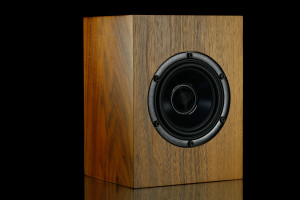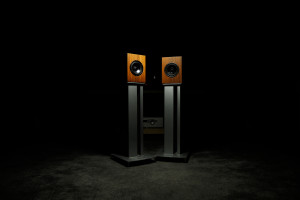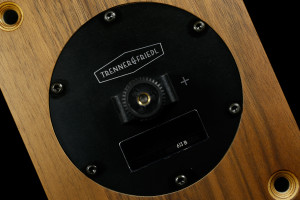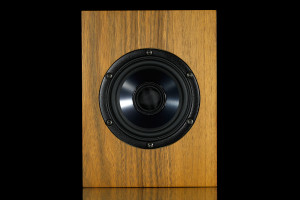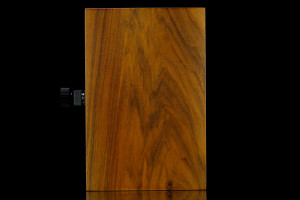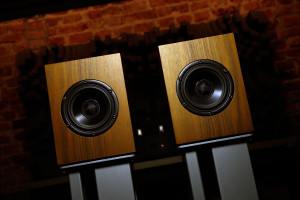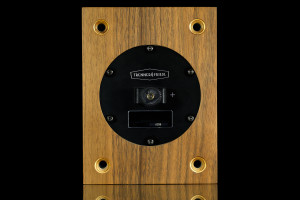Small yet pricey monitors are always a mystery. Physics can’t be cheated. Still, practice at times shows us that compactness can be very misleading thing and Trenner&Friedl Art speakers proved the point once already. Hence in case of this company’s smallest and latest speakers – Trenner&Friedl Sun – to assume anything is rather pointless. Enjoy.
Introduction
It’s said that only big drivers are able to deliver the so-called big sound, namely to present the scale and all dynamic contrasts in music effortlessly, without struggle. Individuals deep into audio already know that this is true. Bass handled by a 18” driver sounds differently than the same FR done by a transducer of 6” smaller diameter. And to move even further in this direction, bass-reflex based product versus i.e. sealed or open baffle design leads to audibly different outcome and so does bass driver slapped onto enclosure’s side in comparison to the same model firing at floor or directly at a listener. Point being, each of these scenarios has unique set of distinctive features; the sensation of scale in music, colorations or lack of these, downstairs reach and so on. Things get complicated when efficiency, amplification, room interaction and other things come into play. Familiar with all this, a well-seasoned listener can at least to some degree predict an outcome, that’s this paragraph’s takeaway.
Why am I on about these quite known things? Well, even a hardened audio vet can be wrong and not every single thing in audio can be predicted, especially as far as high performance small monitors go. Yours truly had a pleasure to find this out two times thus far and he treats such products very seriously ever since. One simply can’t be sure what might happen with these and I strongly believe that after getting to know either with Trenner&Friedl Art or Boenicke audio W5, most people would be on the same page. To put it simply, both products escape well-known schematics with ease; are very small, sound they create is very big and are obscenely good performers in general. These two puppies sound very differently, yet with great class. Long story’s short, several disbelievers brave enough to visit me in my listening room had their misconceptions straightened in a jiffy. Sven Boenicke’s W5 are my reference nearfield product since late 2014. Thus far I wasn’t able to find anything better as far as size, imaging and accommodation in a very limited desk space go.
The Trenner&Friedl portfolio leaves no room for speculation. Lots of costly floorstanders there and quite big Ra monitor fits this description as well once the same company’s stands are taken into account. Realistically, the only true monitor alike specimen in there is Art. This several years old model turned out to be a brilliant performer; rich, weighty, organic, coherent and thoroughly enjoyable. Despite of its inconspicuous frame, it filled the whole room with sound big, saturated and generous down below. The assumption back then was that Andreas Friedl won’t go after even smaller enclosure, the Art model seemed to be the most compact product this gent is able to pull off. Well, Sun is here to prove otherwise. This newcomer is not only much smaller, but also made differently and more affordable in the process. And it has many things in common with… Ra. It’s high time to tell the story about what a pair of these small and very domestic cubes can do.
Build
Before we’ll get to the Sun case, let’s take a look at its inspiration – Ra. This big (120 x 50 x 35 cm of H x W x D), heavy (42 kilograms per speaker) and expensive (€16’900) monitor is based on the golden ratio proportions and one 12” concentric transducer (a paper based membrane and a titanium dome based compression driver) per cabinet. 95 dB of efficiency and nominal impedance of eight ohms indicate clearly that this product can be easily used with small power valve decks. Cables and speaker terminals made by Cardas, x-over components by Mundorf and wooden enclosures seal the deal. On paper at least, I’ve never had a chance to listen to Ra, though it’s quite obvious that this product is meant to be used by an enthusiast fully aware of what it actually is. The manufacturer declares that this model very easily integrates in any listening room. At this point I could also write that Sun is very similar to Ra yet smaller and our case is closed, bye. The former in fact resembles the latter in a way, but in some regards it’s a completely different beast.
This review hero’s enclosures are also based on the golden ratio proportions and a single concentric transducer per enclosure. Along with components delivered by the very same manufacturers it’s safe to say that Sun is actually the smaller Ra version indeed. Measuring (H x W x D) 21 x 16 x 14 cm and of 3,5 kilograms weight, the former is actually the smallest one of expensive bookshelf products I’ve had a pleasure to audition and at the same time I doubt that something of even lesser frame but of similar performance can be pulled off. The most important thing here is that Sun is much smaller than Art and W5 models. Alright, the latter is slimmer, but also much taller and deeper. The Austrian newcomer is a true midget, which makes one even more impressed past its first audition than in both Art and W5 cases.
During our conversation, Andreas Friedl expressed rather bluntly that this review’s hero will perform everywhere. In order to make this statement even more understandable, please take a look at Sun’s www page, there’s one particular picture there. It’ll say more about this publication’s main dish than any description I can think of. Which photo? Well, Sun placed in-between and with its top covered by books, literally unseen. This sight tells the full story if someone asks me. Yes, this product’s roots are audiophile enough that to put it on stands in the middle of a room is no crime but a perfectly valid scenario instead. Sun enjoys such environment as much as fish dig water. Yes, very. But here’s the major twist, nothing stands in the way to grasp nearly all potential of said Austrian puppies, yet placed on a shelf full of books. It works and neither Art nor my reference W5 aren’t capable of this no matter how you slice it. This aspect alone makes Sun much more living room friendly in comparison to the other two models.
Let’s dig deeper into differences between Sun and Ra. The latter is very easygoing as far as amplification for this Egyptian job goes, whereas the former is the exact opposite. Sun’s specs are merciless; nominal impedance of four ohms and 81 dB (2.83V/1m) of efficiency are numbers rarely seen these days. FR of 55 – 25 000 Hz is more common, yet downstairs reach is far from generous. Still, all this is handled by one concentric transducer mounted in a very tiny though neatly executed enclosure. One shouldn’t expect miracles, that’s the message. And since we’ve tackled drivers already, L12RE/XFC from Prestige range by SEAS is the one this time around. One inch tweeter loaded with silk dome is surrounded by 12 centimeters wide aluminium mid-bass-driver. X-over is very simple, based on Mundorf components, whereas cabinets are damped via sheep wool and internal wiring is by Cardas. No surprise here, Andreas Friedl and George Cardas are longtime friends
Visually intimidating Duke flagship aside, all Trenner&Friedl products are visually simple, minimalistic even. But also honestly made; good semi-components, fine assembly and great woodwork are always involved. This tradition is the case for years now and Sun doesn’t break it, not at all. Despite plain visuals, this product is subjectively very nicely finished, and objectively speaking very cleanly made and solid. Once on hand, one can easily understand where all the money went, that’s a given. Sun is a rare case decorated only via single driver and nothing else, not even a manufacturer’s logo. Because of this, some people might see our hero as a work still in progress, though I see a method in this madness. Since the whole FR is handled via one lonesome transducer per cabinet, Sun’s side walls can be used as base with ease and smooth surfaces make this even easier to exploit. Clever, ain’t it?
Sun’s rear isn’t crowded, but far from empty nonetheless. One round aluminium piece in black sports a manufacturer’s logo, a nameplate and a single CPBP speaker terminal by Cardas, also to be found in Art model. This element is exceptionally solid, looks good and is very easy to operate. One knurled knob is all it takes to remove a massive clamp and presto, both ‘+’ and ‘-‘ pins become perfectly available. There’s one downside though, CPBP doesn’t like banana confection. Yes, it’s doable, but at the same time highly likely that bananas will be squeezed, hence deformed in the process. And it’s worth to know that this patented speaker terminal protrudes a lot. That’s why there always will be quite the gap between Sun’s rear and a wall. Xavian’s Perla model sports something much more suitable for the job, though subjectively I like CPBP modules a lot. This might be seen as not reasonable at all, but if I had to choose between Perla’s low-profile solution and what’s already used in Sun, I’d go with the latter still.
Another interesting thing about Sun’s rear is venting. Each cabinet sports four very deep openings of small diameter, each in every corner. Here it’s worth knowing that these holes are perfectly seamed with enclosure itself. The box is made out of several birch plates of different density and such sandwich alike structure is seen perfectly in places where ports are. Natural veneers available in several colours can be finished in glossy or matte fashion. Let me stress again that Sun’s woodwork is marvelous. Photos might not quite grasp that, but once the product is on hand, admiration kicks in naturally. The manufacturer even took care of symmetrically aligned veneer patterns. All in all, what’s left to do in this chapter is to express again that Sun is very finely made. Inconspicuous and not showy at all but appealing nonetheless.
Sound
In order to review Trenner&Friedl Sun, Swiss Boenicke Audio W5 monitors and LS50 model by KEF were used. Trilogy 925 integrated and FirstWatt F7 were on duty as well. As per usual, LampizatOr Golden Gate (Psvane WE-101D + KR Audio 5U4G Ltd. Ed.) handled the d/a conversion task, whereas Asus UX305LA was responsible for files storage and OS control. Ah, FirstWatt F7 was also matched with Sanders Sound Systems preamplifier. Here’s the story.
Since Sun belongs to a very special group of products, let me introduce you to the other two heroes first. Boenicke W5 are enormously spacious, finding a product of at least similar frame yet as good in this regard is something I still look forward to. In this Swiss case in particular, the space itself is not only plainly big, but also precise. That’s the angle here, which makes one unfamiliar with the brand utterly impressed by it usually. W5 has its downstairs slightly tweaked and easily ‘shaped’ to one’s liking; side-mounted membranes can fire inside or out, which makes the outcome different. But the overall W5 character can be described as swift, agile, coherent, dynamic, detailed and very airy, yet not thin. These speakers can also sound very smooth when properly amplified (Job 225 for example) and don’t show any obviously weak sides. It’s a complete package, very exciting to listen to and refined to the core in its price range.
Trenner&Friedl Art is a completely different story. This product in many regards plays for the ‘other’ team. It sounds more massive, warmer, present and substantial in bass region. To put it as understandable as possible, Art is about something completely different than W5, joy is on the pedestal. These speakers are enchanting, somewhat magical even, more romantic in comparison to my Swiss reference. Their task is to introduce a listener to a place where fairies live. Art is aimed to not focus one’s attention on informational tissue in music but richness and engagement in it instead. These speakers sound in more closed and less airy, but also more substantial and gutsier way. Two opposite poles, then? In many ways indeed and there’s nothing wrong about this. The takeaway is that no matter which road an enthusiast picks, it’s really impossible to not be pleased with both. Those products are simply too good to not enjoy them.
OK, so where Sun fits? Their designer, when asked about what they are in the context of his Art model, replied that his latest portfolio addition sounds fresh. True, I don’t have Art nearby but this product’s sound characteristic is clear to me even today and having said that, I fully agree with Andreas. Why? Well, Sun sounds more agile than Art, but also lighter, with less emphasized richness and bass yet speed and information aspects elevated instead. Sun is closer to Sven’s W5 in effect, but I’m far from saying that these are similar. For now let me just say that if Swiss champ sits at one side of the scale and Art is to be found at the opposite one, Sun are located somewhere in the middle, slightly closer to the former model.
The status quo described up above indicates that Sun are neither too massive nor too thin sounding speakers. These balance somewhere in-between, yet their informational value is generous to say the least. But the key thing here is that details are shown in natural, namely neither thin nor thick but just right way. It occurs naturally, there’s no struggle or tension there. After this slightly nebulous writing gets translated to a properly audiophile lingo, Sun’s high FR is audible and differentiated, but at the same time not piercing, overly sparkly or artificial in any way. Percussion plates on “Gambling House Massacre” track from marvelous Zatoichi flick are perfectly audible and enjoyable. High pitched sounds don’t fade too early, everything’s in check. All this is hardly any surprise, every Trenner&Friedl model does nice work here and Sun doesn’t fall short in this regard.
Trenner&Friedl Sun are good in the downstairs department as well. Yes, my reference W5 can go lower and the same story is with Art. But Sun’s bass is neither bloated nor thin and unfriendly. As far as quantity goes it’s a spot on up to a certain SPL level. But the most important part is that this FR part blends seamlessly with everything above, is fast and in most scenarios satisfyingly gutsy but not overdone. There’s no veil on things above. KEF LS50 are pushed too far in this regard, mostly on the edge in this aspect whereas Sun gets the very same job done in lesser fashion, true. But also much more effortlessly, cleanly and differentiated to a point where LS50 can’t keep up. As long as things don’t get overly loud, the Sun ride is very enjoyable and natural, there’s no major reason to complain. Their SEAS drivers start to struggle only when the music gets really loud, but that’s understandable all things considered.
One of the best Sun features is the fact that this product handles itself nicely in every aspect there is. I couldn’t find one specific troublemaker in the sound of these, the job’s done just right all across the board. The effect is not only pleasantly substantial, but also very coherent. It’s heard that Sun’s concentric transducer handles this very task like a champ and the outcome is more ‘music in music’ and live tissue than expected, though these Austrian puppies deliver lots of details and are resolving. Vocals or guitar parts are served in a way similar to a well-seasoned quality steak. Salt and pepper and nothing else, no fireworks, cryo cooking or fancy spices. The outcome? Simple and enjoyable dish made by a true chef. With Sun nothing gets too thin or bloated, healthy proportions are preserved all the way. Let’s throw smoothness into this mix. Yup, in this Austrian sound not even small edginess takes place and this makes the outcome very easygoing and pleasant. Different from Art and W5, yet of great quality nonetheless.
One of last things to tackle is spaciousness and precision. Here Sun scores the A+ with no questions asked. Yes, these speakers paint the musical picture smaller in comparison to W5, yet evenly spread as far as width and height go. My point here is that the sound isn’t closed in-between speakers hence more intimate, that’s the Art domain, but an impressive wall of sound as wide as the room itself is present instead. In comparison to its sibling, the soundstage meta shifted from romantic approach to more insight into recordings. Sun shows sound sources smaller than Art, but of the same size as W5. Yet the most important thing here is that the Austrian newcomer is one helluva bold performer despite of its miniature frame and this is very impressive. Even though W5 is more spectacular in soundstage related regards, Sun has plenty of this goodness as well and can show things hid very deep and far. Yes, proper amplification is needed to grasp all that, yet with Trilogy 925 all this exactly was delivered with ease.
Austrian speakers enjoyed company of both amplifiers used in this writing. Trilogy 925 was more organic, FirstWatt F7 turned out to be warmer, but both matches were very good. I tend to think that decks with elevated temperature or neutral are far better match for Sun than agile and lean machines. Point being, additional muscle tissue works for these puppies. And they like the middle of a room and heavy stands, though in nearfield setup the outcome was great as well. Hell, even among books, hence just as their manufacturer ordered, most of Sun’s features will be there still, though low FR reach will be somewhat limited.
It’s known already that Sun performs with class no smaller than W5 and Art, yet is much better than KEF LS50. These KEFs sound more artificial (grainy and metallic) and during direct comparison it’s difficult to shake off the feeling that are pushed too hard, especially in the downstairs realm. The outcome is that – past the Sun experience – music stopped and inner struggle with LS50’s own limitations started instead. Please don’t get me wrong here, KEFs are wonderful performers for the price. But as far as smoothness, control, subtlety and organic approach go, these go off the battlefield on a shield against Sun. My point here is that LS50 was designed to cover every base there is and in fact is able to up to a point, which is admirable. But in combat with more sophisticated rivalry, all LS50 shortcomings become obvious.
To describe Trenner&Friedl Sun as enchanted is not exaggerated. These speakers are detailed enough to give a listener credible info about recordings, but also smooth and coherent to be a music oriented product still. After several days of listening to this product it became obvious to me that – despite its informational value – alive tissue is heard above all else and served as the main and refined dish. The combination of all above made this review’s hero quite difficult to judge in the process. When a product of frame this small yet performance this big and in general enjoyable is the case, attention is given to music instinctively and the rest is on the back burner. But the best part is that with Sun there’s no struggle, this is a very easygoing product. A listener just sits comfy in his chair and enjoys it. Yes, the scale of OB sort is off the table and there are speakers even more generous and complex as far as soundstage goes. But all in all, Trenner&Friedl Sun is very good; engaging, refined and thoroughly enjoyable. Case closed, nice work!
Summary
Trenner&Friedl Sun is nothing short but a well-thought and great product to have. The effect outgrew initial expectations by a mile and the Austrian duo once again proved that they know what’s what. Their smallest model ideally fits to the inconspicuous yet fabulous group with no questions asked. Thus far I could wholeheartedly recommend only two products of the sort; either Boenicke W5 or Trenner&Friedl Art. Now the Sun is up high and joins this very special duo with a bang.
In the Sun case, its inherent inconspicuousness is the angle. I wrote many times already that vast majority of enthusiasts won’t treat seriously neither Boenicke W5 nor Trenner&Friedl Art, which is a mistake. To leave prejudice behind closed door for several minutes is all it takes to become a believer with these two. Sun is of similar breed, yet it does something different on top of all else. Because its frame is the smallest of the three musketeers, the element of surprise is even greater, yet the sensation of quality isn’t any less intense.
Sound wise heavier than W5 yet lighter than Art, Trenner&Friedl Sun is something in-between my reference monitors and its sibling. It’s a complete package and smoothness, saturation, tonal differentiation, agility and precision serve as not one but many cherries on its top. Sun doesn’t suffer neither from overemphasized sterility nor extensive fat. It can sound both very seductive and substantial down below when needed. Yes, it’s heard that a single concentric driver per cabinet doesn’t cut the mustard as far as the sensation of scale in music goes and bass at times ends quicker than expected. Here physics kicks in hard. Yet up to ~85 dB SPL things are very enjoyable and coherent nonetheless. Let me also stress again that Sun is a great performer not only in the context of its small frame, but even against much bigger bookshelf alike competition.
Trenner&Friedl Sun is very nicely made. Despite quite vanilla visuals, not a single bad word can be said about its woodwork or attention to details and semi-parts by Cardas and Mundorf make this review’s dish not only even tastier, but also easily digestible money wise. Still, the most important thing is that Sun masterfully connects two worlds; domestic and audiophile. It sounds great from places its competition isn’t capable of and this will be the major upshot for many audiophiles’ wives out there in search for something that’d fit their living space decor. Hence I highly recommend to at least audition Sun if you’re after a pair of small and domestic bookshelf champs, yet very serious as far as their performance goes. ‘Till next time!
Associated equipment:
- Amplifier: FirstWatt F7, Trilogy 925
- source: Lampizator Golden Gate (Psvane WE101D-L + KR Audio 5U4G Ltd. Ed.)
- Speakers: Boenicke Audio W5, KEF LS50
- Transport: Asus UX305LA
- Speaker cables: Forza AudioWorks Noir Concept, Audiomica Laboratory Celes Excellence
- Interconnects: Forza AudioWorks Noir, Audiomica Laboratory Erys Excellence
- Power supply: Gigawatt PF-2 + Gigawatt LC-2 MK2 + Forza AudioWorks Noir Concept/Audiomica Laboratory Ness Excellence
- Rack: Franc Audio Accesories Wood Block Rack
- Music: NativeDSD
Retail price of reviewed component in EU (incl. tax):
- Trenner&Friedl Sun: €2’550


